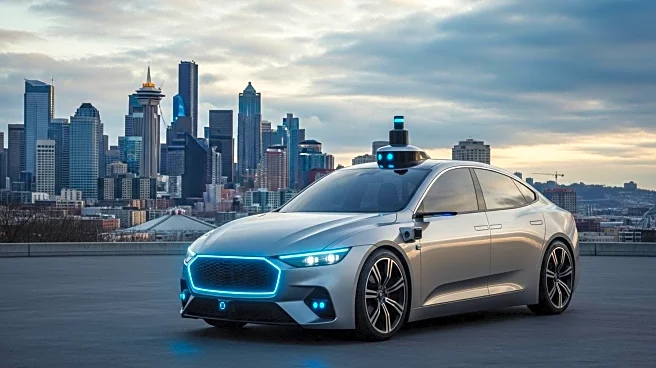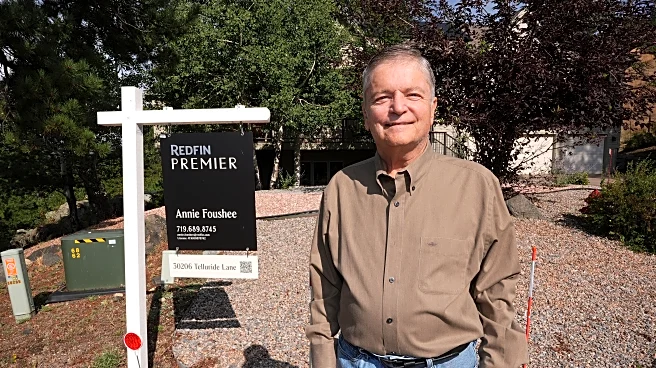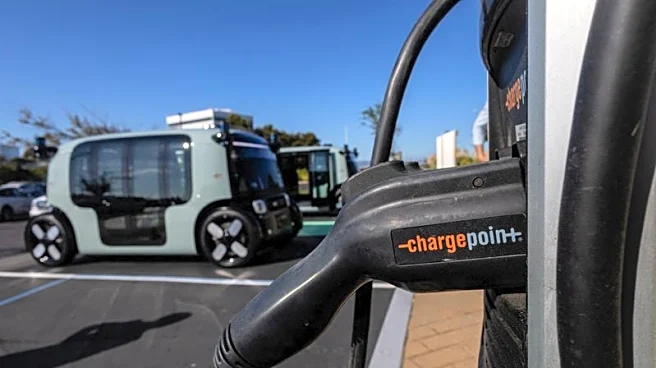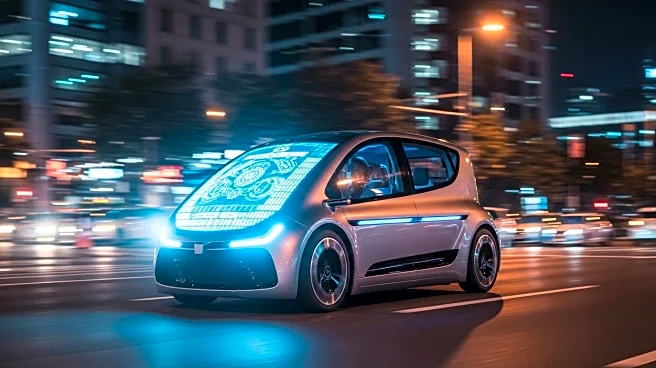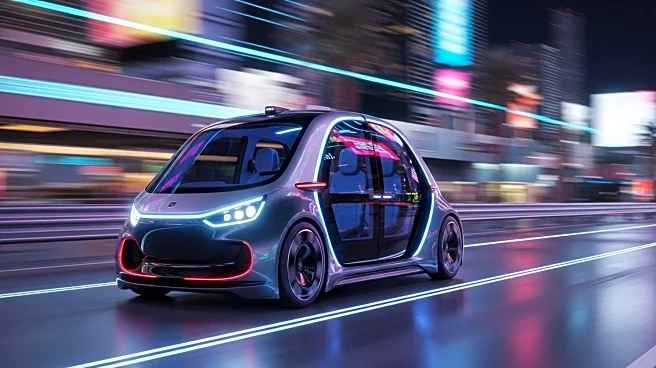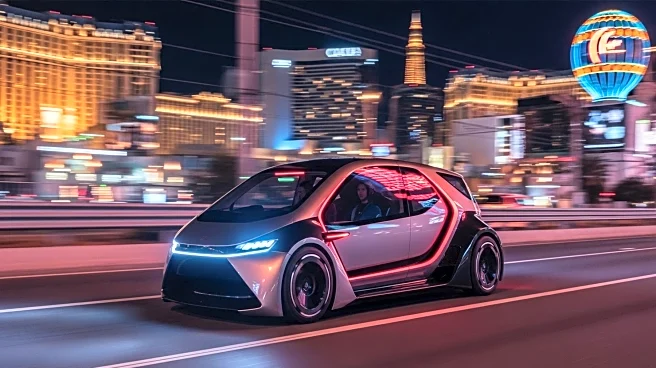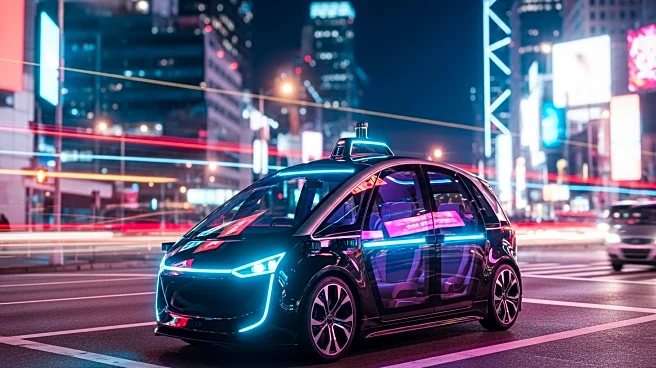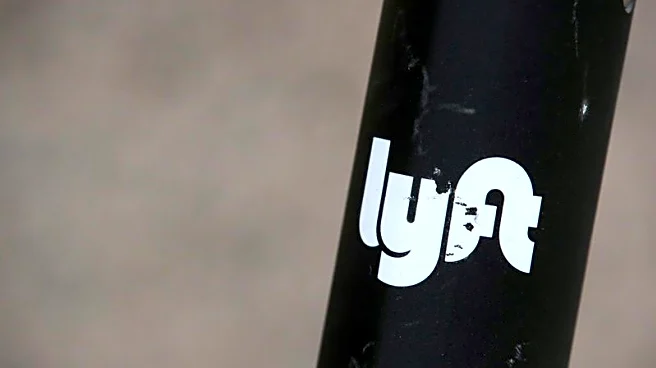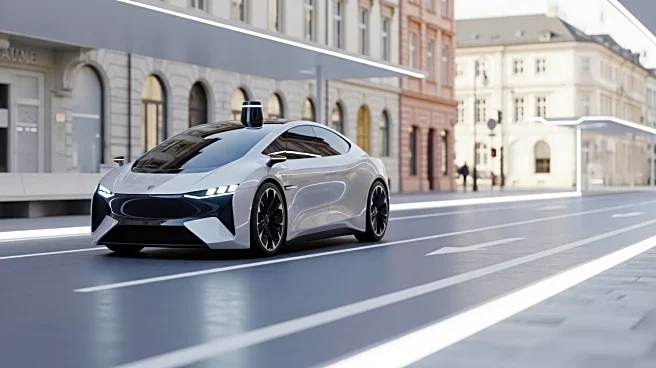What is the story about?
What's Happening?
Amazon's Zoox has launched its robotaxi service in Las Vegas, marking a significant step in the company's expansion into autonomous vehicle technology. The service, which began on Wednesday, offers free rides to promote the new venture. Initially, the robotaxis were available only to Zoox employees, but the service has now expanded to the general public. Riders can use the Zoox app to request rides to five designated locations, including popular hotels and resorts. The robotaxis can carry up to four passengers and travel distances of up to three miles. This launch follows two years of testing in Las Vegas, demonstrating Zoox's confidence in the safety and reliability of its driverless vehicles.
Why It's Important?
The introduction of Zoox's robotaxi service in Las Vegas represents a significant development in the autonomous vehicle industry. By offering free rides initially, Zoox aims to build consumer trust and familiarity with driverless technology. This move positions Amazon to compete with established players like Waymo, which already operates in several major U.S. cities. The success of Zoox's service could accelerate the adoption of autonomous vehicles, potentially transforming urban transportation and reducing reliance on traditional taxis and ride-hailing services. The expansion of robotaxi services could also impact traffic patterns, urban planning, and environmental sustainability by reducing emissions from conventional vehicles.
What's Next?
Zoox plans to expand its robotaxi service beyond Las Vegas, with ambitions to manufacture up to 10,000 vehicles annually. The company is currently testing its vehicles in San Francisco and aims to open the service to all passengers there next year. Future expansion plans include cities like Austin and Miami. As Zoox begins charging for rides, its pricing strategy will be crucial in competing with existing ride-hailing services like Uber and Lyft. The broader rollout of Zoox's robotaxis will likely prompt responses from competitors and could influence regulatory discussions around autonomous vehicle operations.
AI Generated Content
Do you find this article useful?


